Articles
| Name | Author | |
|---|---|---|
| Why does the industry always start projects in the middle? | Michael A. Bryan, Principal, Closed Loop | View article |
| Rostering Optimisation Made Simple | Dean Stewart, Managing Director, Betley Bridge Consulting | View article |
| iPad/Tabelts in Flight Operations – Trend or Solution? | Paul Saunders, Operations Director, Conduce Consulting | View article |
| Integrated Operations and Hub Control Management | Gesine Varfis, Managing Consultant, Lufthansa Consulting | View article |
Integrated Operations and Hub Control Management
Author: Gesine Varfis, Managing Consultant, Lufthansa Consulting
SubscribeIntegrated Operations and Hub Control Management
The i changes everything. Gesine Varfis, Managing Consultant, Lufthansa Consulting offers solutions on squaring the circle in Operations by generating cost savings simultaneously with safety and service quality.
Over recent decades airlines have implemented numerous cost cutting initiatives, While becoming ever leaner as opportunities to enhance performance and cut cost at two digit rates become increasingly difficult to achieve. At the same time customer expectations have risen and the product life cycles have grown relentlessly shorter. These expectations translate into an accepted product standard: the seamless travel experience via the complete value chain. Many airlines support it by setting cross functional management targets based on commercial, operations and service excellence.
On time performance is one of the key service or product components that an airline needs to deliver today: at the same time, customers take for granted the highest safety and security standards. In this environment, balancing cost cutting with enhancement of quality and safety has become increasingly difficult to achieve. However, ‘squaring the circle’ has been achieved in the area of Operations. Particularly with the establishment of Hub Control Centers airlines have managed to generate double-digit savings while enhancing the service for customers at the same time. To gain more leverage in terms of faster and cost effective decision making, airlines have developed quite individual solutions on how they run their Operations Control Centers (OCCs). Although all airlines run more or less sophisticated crew planning, flight dispatch, flight watch, operations and maintenance control systems, amongst other things, the organizational set-up of their operations centers differ.
Airlines introduced Operations Control Centers in the 1990s and today the OCC is an accepted industry standard. One of the cornerstones of best practice operations management is that airlines have introduced collaborative decision making to their operations philosophy which compromises different capabilities in one location in either a matrix or single line of reporting organization.
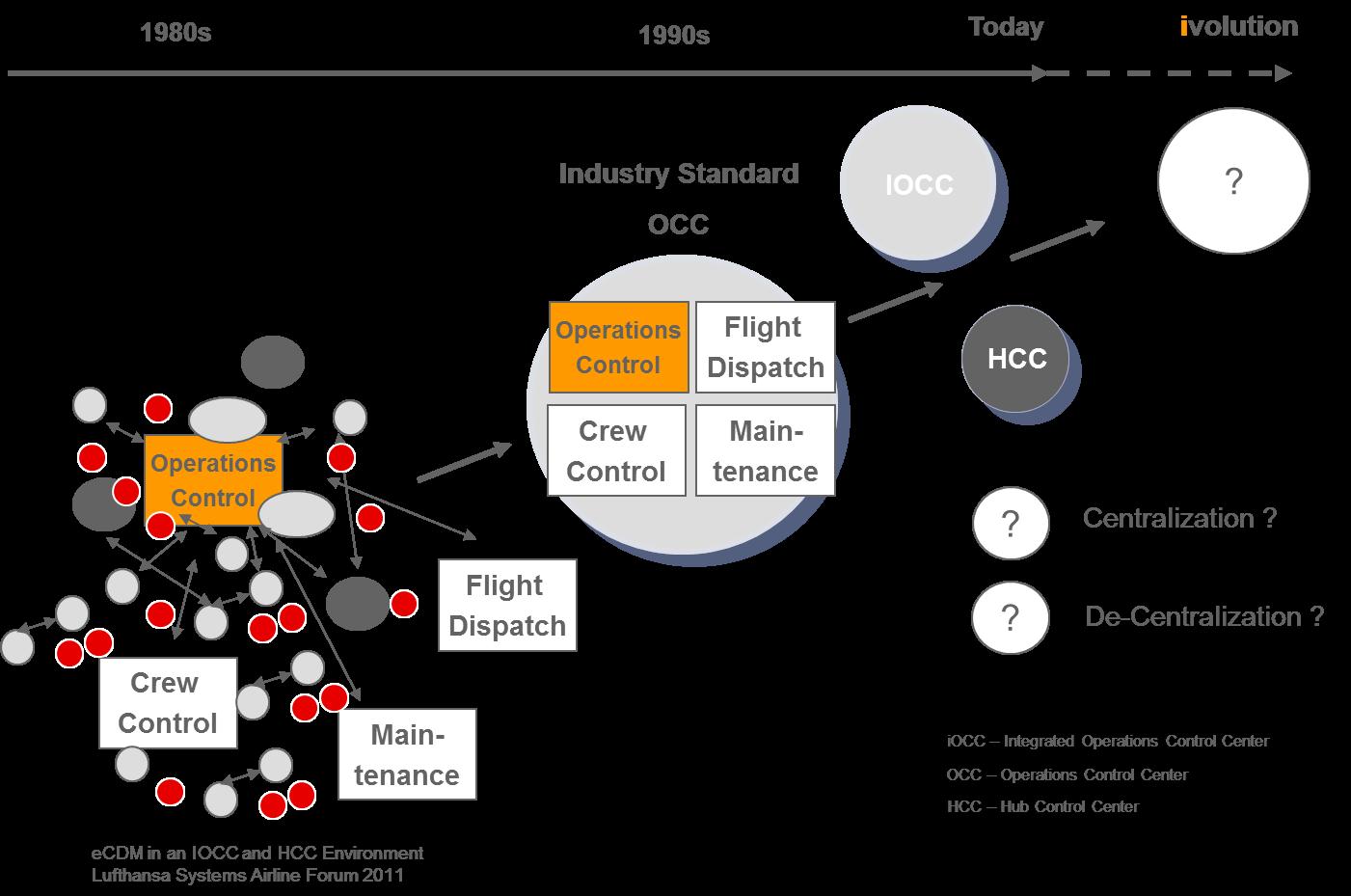
Figure 1: Operations Control Center and Hub Control Center Development
For many airlines the Operations Control Centers were the initial installation followed by a solution for Ground Operations. Today, Operations Control Centers comprising capabilities for operations control, flight dispatch, crew control and maintenance, all under one roof, are industry standard.
The Hub Control Center has been one of the more recent innovations which airlines have developed to run their ground operations in close cooperation with the key players they need for fast decisions. These days, airlines run different types of control centers just as other aviation stakeholders have developed their own control centers. Today the following operations control centers are run by airlines in combination or as standalone solutions:
- Operations Control Center OCC (flight dispatch, operations control, crew control, maintenance control);
- Hub Control Center HCC (Airline plus key stakeholders) Airlines or MROs;
- Maintenance Control Center MCC (Maintenance control, trouble shooting, AOG Desk, etc.)
Also airports run their own control centers:
- Airport Control Center ACC (Airport customers and stakeholders). Ground Handlers run their operations control centers alone or in cooperation with one of their main customers;
- Ground Handling Control Center GCC (The Ground Handler and airline customer are located together – applied in secondary hubs).
The focus of this white paper will be on HCC and OCC, only.
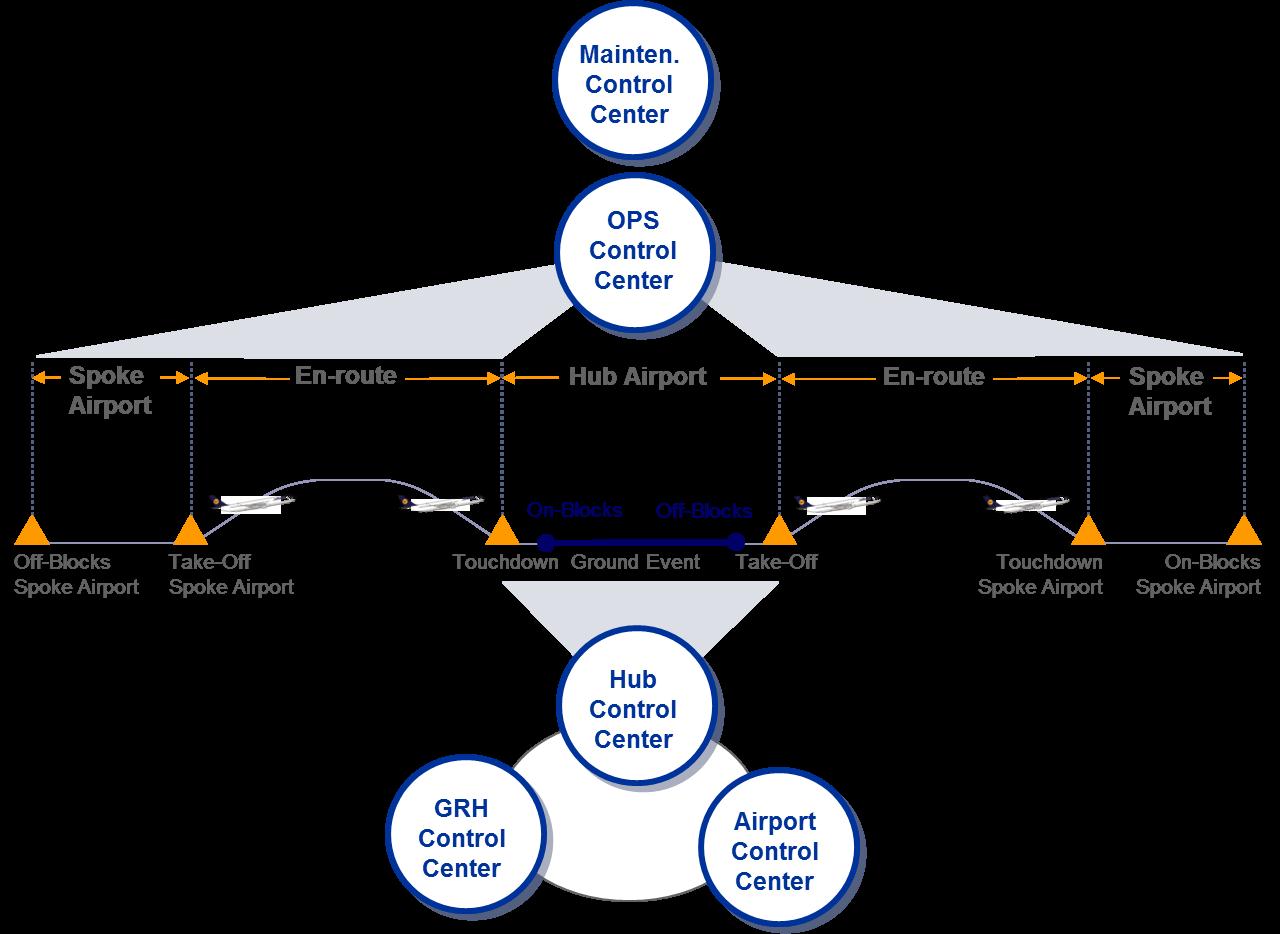
Figure 2: Overview over the different Operations Control Center solutions
The Hub and Operations Control Center are at the heart of an airline’s daily business. These centers coordinate day-to-day and minute-to-minute flight and ground operations. The OCC provides centralized, real-time operational control and management of the airline’s overall flight operation, including aircraft movement control, dispatch, maintenance control and crew tracking. While the HCC focuses on the seamless travel experience on the ground by supporting passenger and baggage connection management and at the same time ensuring the on-time turnaround of the aircraft.
HCC and OCC are established to manage irregularities: in times where there are no problems these centers do not intervene into daily operations. The HCC and OCC engage only when complex and uncertain operational situations occur, in which multiple players are involved. This is the time for not only applying defined standard solutions, but individual solutions to ensure the turnaround or ensure that the flight can be operated as seamlessly as possible. Therefore the HCC and OCC must be viewed as a dynamic and open system which supports the development of suitable solutions for any irregularity arising. These centers are empowered by the inclusion of strong decision makers and, apart from emergencies, it is the OCC which has the final decision on realization of the product. The HCC and OCC bring airline strategy to life and secure a seamless travel experience for the customer every day: hence, they are the heart of the airline.
The prime focus of all decisions has to be the customer. Any operations control arrangement has to ensure that all options become available to cope with whatever disruption the control team faces. Clear key success indicators for integrated interoperations control are the quality and speed of the decisions.
The OCC is responsible for various combinations of the following functions:
- Planning and executing the daily operational plan and flight operations for all scheduled and non-scheduled aircraft movements with the objective of on-time operations within the parameters of official rules and regulations as well as corporate policies and requirements.
- Monitoring, coordinating and controlling the airline operation and its resources on the day of operations.
- Managing operational control of the airline when unplanned operations occur, such as those caused by adverse weather, aircraft or other technical problems, airport or air traffic control problems, and labor issues.
- Minimizing passenger disruption during irregular operations by operating the schedule as close to the original program as possible and providing alternatives for passengers when flight delays and cancellations occur.
- Serving as the coordination point during emergencies.
The objective of the HCC is an on-time and safe turnaround of the aircraft in the hub and at the same time to assure a seamless travel experience and connections for passengers and their luggage. State of the art hub management comprises the following responsibilities:
- Passenger Connectivity:
- Passenger Minimum Connecting Times (PAX MCT);
- Passenger Connection Flows;
- Short Connection procedures (e.g. ramp transfer, transfer passenger assistance procedures).
- Baggage Connectivity:
- Minimum Connection Times (BAG MCT);
- Direct baggage transfer procedures.
- Optimization of approach and taxiing.
- Optimization of resource assignment:
- Gates;
- Aircraft parking positions;
- Staff;
- Short turnaround procedures (e.g. short / quick cleaning procedures).
- Ground event status monitoring with Reference Models and MinGT models based on a HCC concept.
Furthermore, the coordination of hub and flight operations with the department responsible for Network Management and Scheduling is a key task of the HCC. The objective is to evaluate the flight program and the compatibility of scheduled ground and turnaround times with operations. It is the objective to evaluate and analyze ground and flight operations constraints with network management in regard to slot- and peak-management, as well as the fleet structure.
In particular, the importance of the overall working environment is often underestimated. Therefore it should not only be a room with office furniture, but a location and infrastructure which supports the HCC and OCC processes and the staff working in the OCC or HCC in the respective fields of:
- Communication;
- Insight in related work areas;
- Speeding up of coordination process;
- Enhancing the decision quality;
- Optimal work environment for the employees…
- … to evaluate complex situations under pressure;
- … to stay fit while working in two shifts;
- … to provide a stress decreasing design;
- … to support and create a team work enforcing environment.
Control centers need an infrastructure which decreases stress, translates the corporate identity into action and, at the same time, motivates staff to generate the extra effort on a daily basis.
However, the evolution continues and the i-factor is now the driving change factor, which changes everything again.
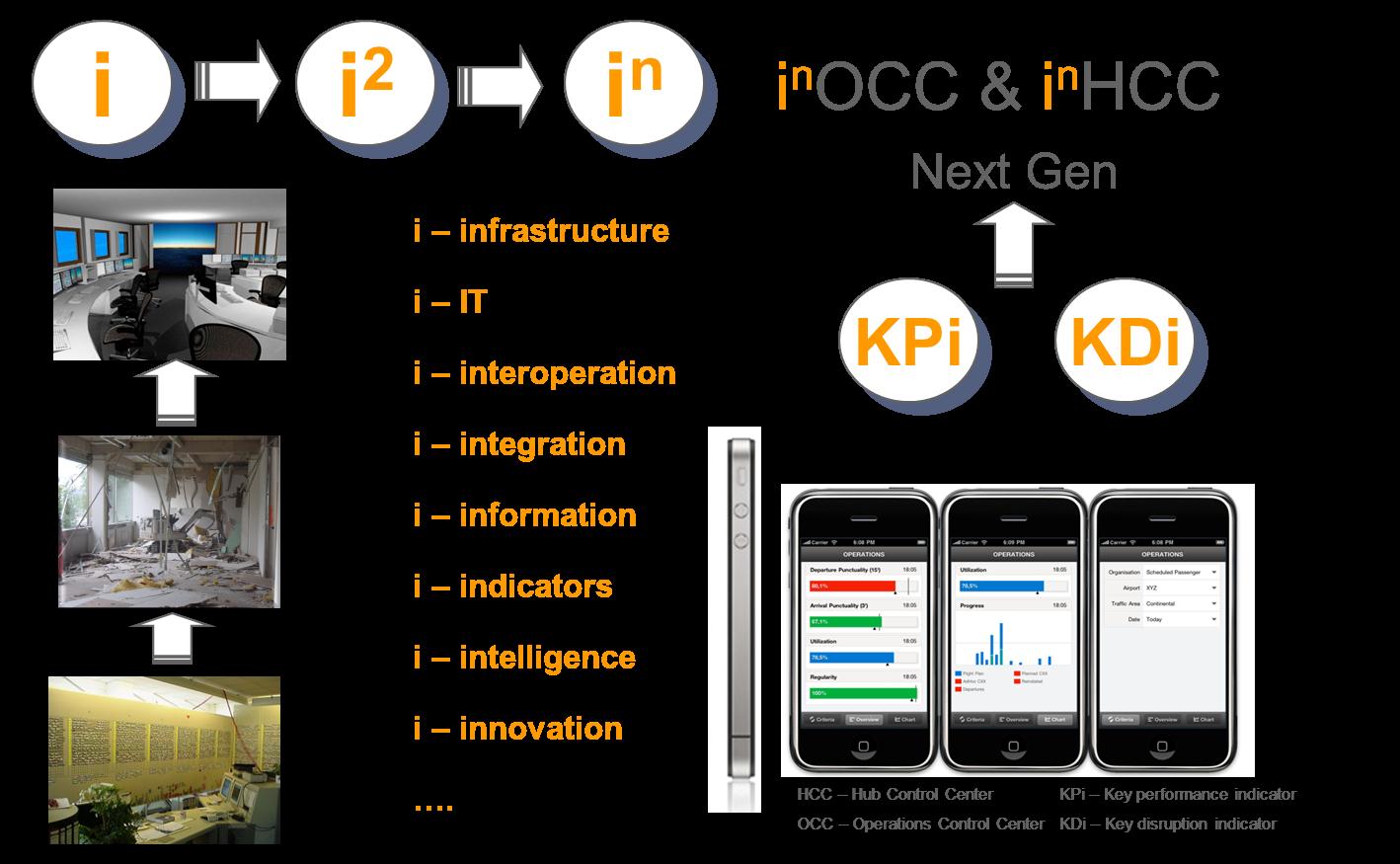
Figure 3: Next generation of Operations Control Centers driven by the i-factor
Today airlines consider the ‘re-invention’ of their solutions in terms of improvements via the following i-factors…
Collaborative decision making – the key to success
Putting power in the hands of the people best placed to take decisions
Collaborative decision making (CDM) and empowerment in the OCC and HCC environment is about improving the way decisions are made. For both control centers this means the following:
- Decisions are kept and taken in the HCC and OCC;
- Operations decisions are taken at the operational level;
- Decisions in the defined time window are taken by OCC (72h, other airlines take weeks up to a month) and HCC (24 h);
- Decisions are taken together after consulting all relevant operations areas.
The target of CDM is the reduction of the necessity for information and communication sharing with all stakeholders by having the core stakeholders all in one location with one common set of data and the same information to hand. This allows them to focus on solutions instead of the communication of status updates.
In the OCC this should translate into cooperation so that the Operations Controller does not need to forward or repeat to the departments involved information such as VHF data or questions received, but directly receives an answer from the parties concerned because they have heard the information directly and the team has settled the matter. Therefore staff need to be empowered and qualified to be able to take decisions where the information is shared and evaluated by the operations parties involved. The concept will only work if HCC and OCC decisions are not escalated to management (except in defined cases and emergency). CDM improvements will deliver the following benefits:
- Improved information sharing and common situational awareness;
- Generation of better information quality in the HCC and OCC through…
- … faster updates and better access to new information;
- … pooling of information generates better and safer results;
- … better prediction and improved reliability;
- … more complete, accurate information.
- Collaborative decisions allow better and more sophisticated evaluation of information and better anticipation of requirements for resources, leading to more efficient use of resources;
- CDM improvement is a tool driven approach. Less communication needs more and better system integration and automation.
Tomorrow’s i-factor for iCDM will be about having the same information and guiding principles for HCC and OCC. The aims are the sharing of real-time information via one database or ESB (Enterprise Service Bus) solutions, while at the same time the change in decision making is facilitated by change management.

Figure 4: Overview over the CDM development path
Operations Control Center responsibilities
OCC Management
The OCC Manager is responsible for making the final decisions while considering the integration of various aspects and information to combine them into a holistic view of the running flight operation. The OCC Manager must reach and assure the best operational solution for the company at any time.
The Operations Control unit within an Operations Center has a clear transactional leadership within the operation’s control process. In smaller organizational structures they have to act as the OCC Manager. Larger airlines certainly need the functional position of an OCC Manager.
OCC / Operations Control
Operational control is the real time tracking of flights from departure to arrival. However, on any given day, events might occur that prevent the schedule from operating as planned.
OCC / Operations Control ensures that disruptions are identified and corrective action is taken to return the flight schedule to normal. Advanced operational control permanently watches the whole operational environment to detect even the smallest evidence of a change which might later develop into a disruption. As far as it is possible, ry OCC / Operations Control tries to avoid critical situations. But, if the current flight operation cannot be prevented from moving into a critical situation, appropriate actions will have to be taken in advance to minimize the impact on flight operations. Therefore OCC / Operations Control is not only reactive but also proactive in the way it works.
Finally, it ensures the effective execution of business processes and therefore determines how well an airline handles and recovers from these events.
OCC / Crew Control
As with aircraft, scheduling and managing flight crews is essential for efficient operations. In the OCC, Crew Control takes over a working plan for a large number of crew members which was previously created by Flight Scheduling, considering individual qualifications, legal and other requirements. The term ‘flight crew’ refers to multiple crew members, including cockpit and cabin crew for a single aircraft.
OCC / Crew Control also tracks crew members as they check in and begin their duty assignments. It has to respond quickly to schedule and operational changes maintaining or providing efficient and legal crew rosters.
Finally, OCC / Crew Control has to manage the impact on crew members during operational disruptions. When disruptions occur this task may become complex and monumental as crew controllers have to take immediate corrective actions for the many crew members involved to help maintain on time performance or to get back to the airline’s schedule as soon as possible.
OCC / Flight Dispatch
In order to navigate, a pilot needs a flight plan to provide direction for the flight’s route from departure city to destination city, altitude at which to fly, speed at which to fly, fuel to carry and certain aircraft performance factors. The flight plan is supported by a briefing package that includes local, en route and destination weather information, navigational data for the route of flight and appropriate airport and aeronautical data.
The flight planning process can have a dramatic economic impact through optimization of route, altitude, speed, payload and fuel. Therefore it is rather complex and dependent on several environmental parameters.
OCC / Flight Dispatch works closely with OCC / Operations Control and OCC / Maintenance Control to have available all changes in a flight’s status which could influence the flight planning process.
During the operation of the flight IOCC / Flight Dispatch monitors the constant flow of aeronautical information in order to identify any important changes which might affect or harm the operation. If necessary, inflight assistance will be given to support the crew in difficult environmental situations.
OCC / Maintenance Control
Generally OCC / Maintenance Control oversees the maintenance operation. Furnished with a strong maintenance background and understanding of the airline’s maintenance requirements and procedures, OCC / Maintenance Control is an integral part of the OCC.
OCC / Maintenance Control works closely with OCC / Operations Control in order to monitor flight status and potential problems that may occur when technical problems arise. In addition, they serve as liaisons between the OCC and the ground maintenance organizations at the airports and at the airline’s home base.
Keeping the maintenance program at the center of the decision making process IOCC / Maintenance Control contributes significant benefits for the airline. It ensures that the right corrective actions are taken the first time in order to minimize delays for the maintenance process.
OCC / Maintenance Control oversees the whole maintenance program schedule and coordinates maintenance activities in the right place at the right time and with the right resources. Finally it coordinates the deployment of aircraft back into service to optimize the utilization of the aircraft.

Figure 5: An example of an OCC organization set-up:
Hub Control Center responsibilities
The HCC focuses on the Ground Operations. However its priority is to assure the on time performance of flights, while the execution is performed by Ground Handling. The decisions are performed on a holistic company wide basis together with the OCC while the ground staff makes the decisions on how the action details are performed and by whom.

Figure 6: HCC and OCC collaborative operations approach
At the same time all key or critical functions of ground operations need to be physically integrated, based on a collaborative production strategy. If not integrated, they should have a direct counterpart / process owner who represents them in the HCC in order to allow optimization of hub quality.
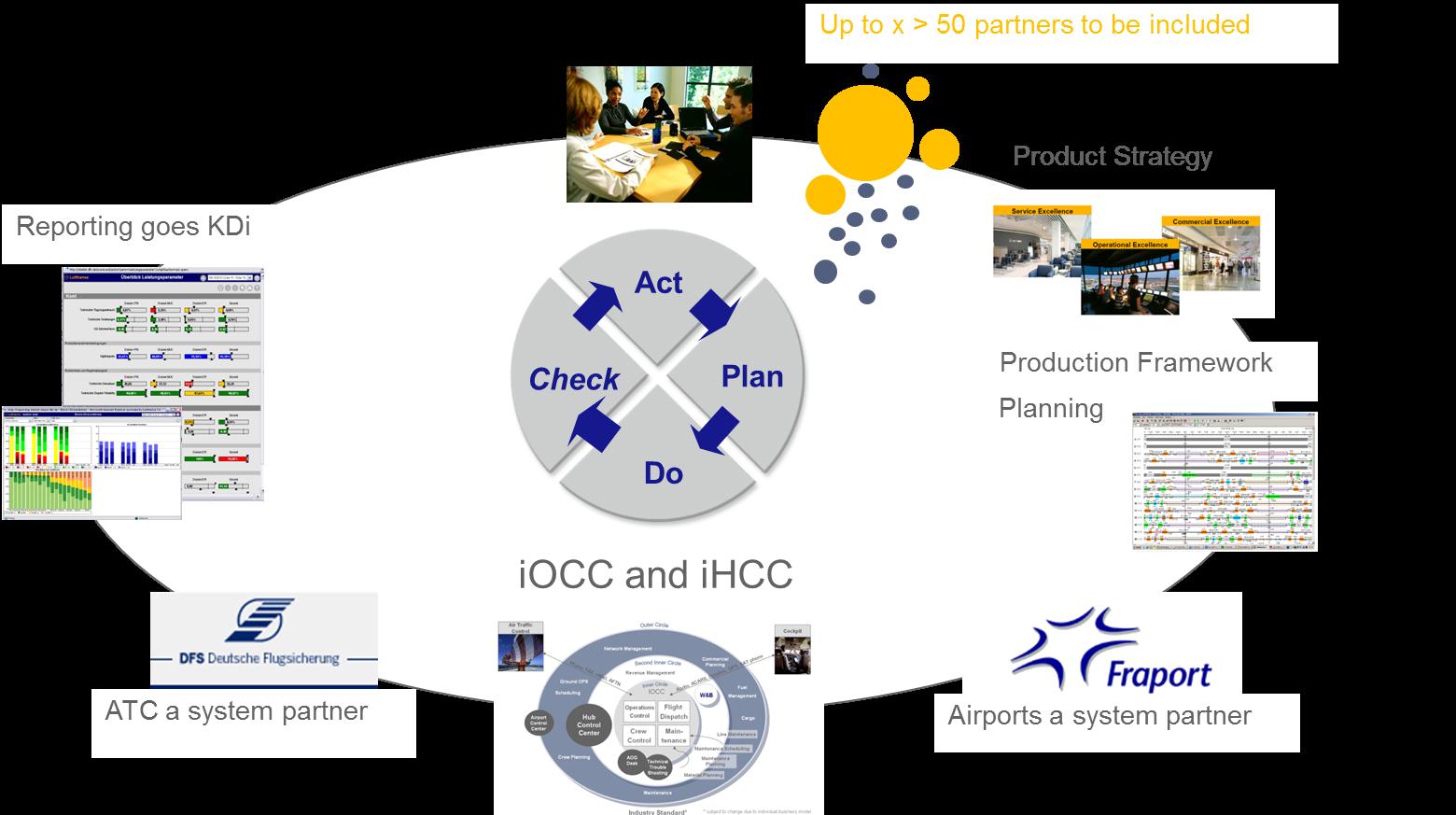
Figure 7: Integration of stakeholders a sample
The target of the HCC is to include as many parties as are necessary to arrive at a fast and efficient decision. This could comprise just a core team of event controllers, gate management and a connection management team. While there are HCCs which comprise the main proportion of stakeholders in one location (30 seat – 60 seat operations or more). There are also airlines which integrate the disposition of resources into the HCC. However the leaner it is, the easier the CDM (Collaborative Decision Making). CDM is the principle for the coordination of managing growth efficiently according to the following principles:
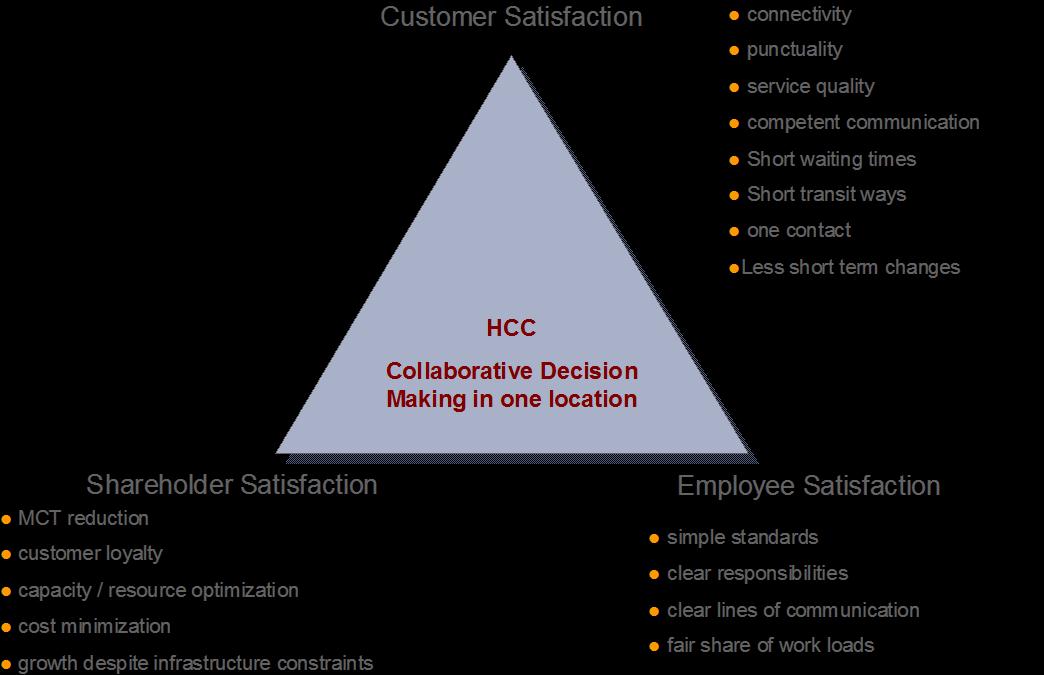
Figure 8: HCC objectives
Additionally, the objective is to create a state of the art hub with the following targets:
- Handling of irregularities:
- Reaction;
- Taking preventive actions;
- Planning for upcoming irregularities;
- Optimization and continuous improvement of measures;
- Coordination and matching of important interfaces with the objective of reaching the best decision for the company and the customer;
- Effective crisis management;
- Better resource allocation;
- Improvement of understanding and personal contacts.
In particular, it is the personal interaction and the understanding of each other as a team that creates and allows faster and better decisions. It is critical that the HCC staff can act as part of the decision team within the HCC. On the other hand, they should not lose the contact and understanding of the basic relevant issues they represent in the HCC.
An example of an HCC organization set-up:
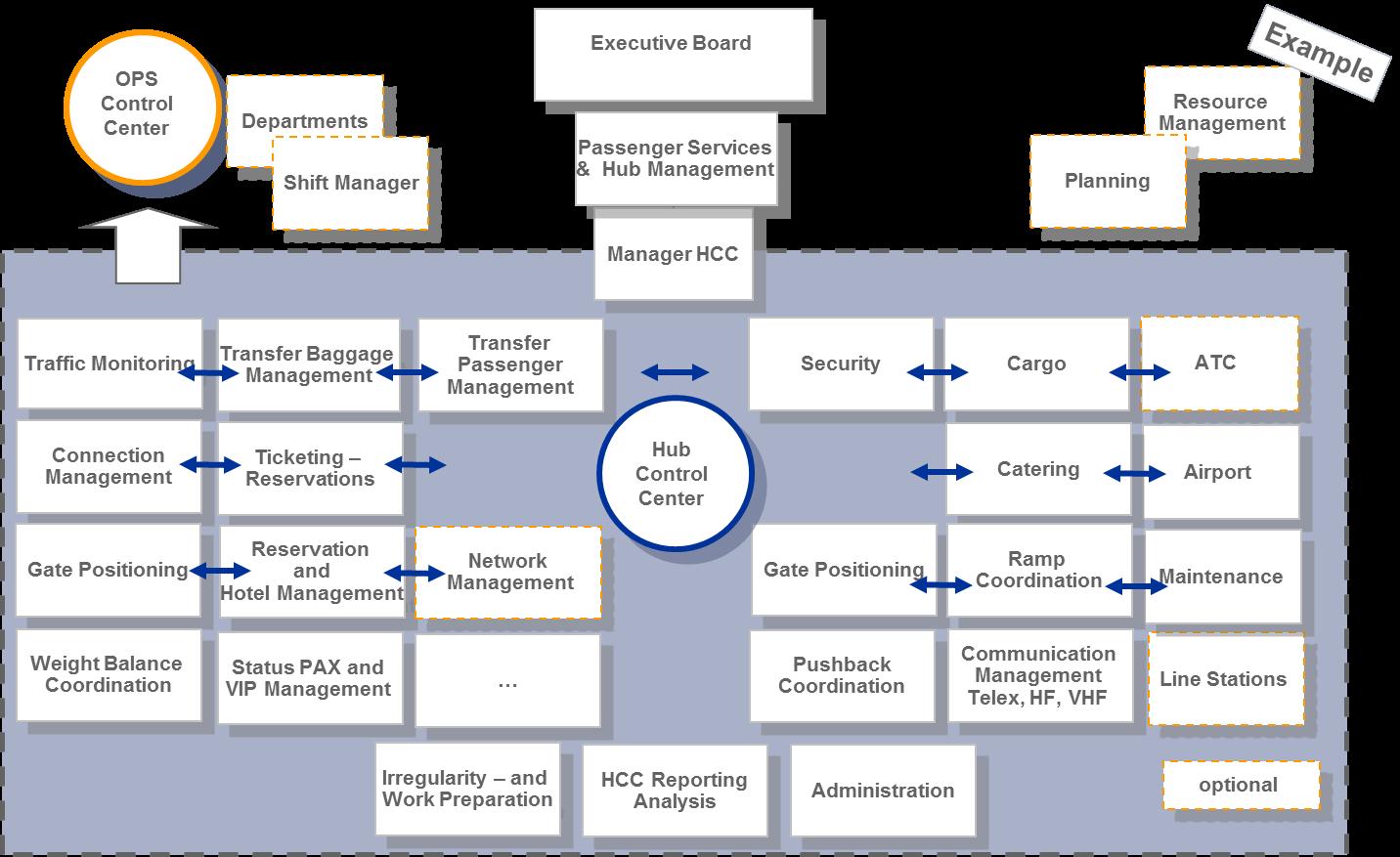
Figure 9: Faculties / functions which could be integrated in the HCC
Smarten and speed up your business with IT i-factor
All operations control activities are time critical and demand quick decisions. Operations Controllers in the OCC for example are responsible for many hundreds or even thousands of crew-members, many aircraft and numerous passengers, baggage and connections. The work in the OCC and HCC is complex, collaborative, encounters numerous standards and laws and at the same time it requires quick responses to a constantly changing operational environment.
In order to carry out their work, the OCC and HCC need to filter and analyze large volumes of data, both dynamic operational data, as well as static information. This information has to be presented in a form that makes it easy to access and analyze. The work must be coordinated within each department, of the HCC and OCC teams, as well as between OCC and HCC and the process relevant stakeholders. All team members depend on the decisions and information available in the different IT solutions. Therefore interoperations and collaborative decision making define specific demands for the technology applied, which is beyond stand-alone solutions. The IT infrastructure should be fast, trustworthy and easy to handle so that the complexity of the work is reduced.
Pressure to generate the capacity to handle a greater number of flights in the future, and to maintain high levels of efficiency, have led to proposals to provide more reliable and powerful equipment, and at the same time increase the level of automation in airline traffic control facilities.
Finding correct information and overseeing changes are the most fundamental part of the HCC and OCC team tasks. If a new interface would present too much information about an alert or inconsistent flight, reading time and interpretation difficulty will increase. If too little information is presented, time will be spent finding that information from other sources, which increases the controllers’ mental load to retain the necessary details.
Greater scope of information
Cross-functional teams require a wide range of information to reach their decisions. They need to draw on information from all parts of an organization’s information base. This includes information from all functional departments from the internal environment as well as from all stake holders from the external environment. System integration becomes important because it makes all information accessible through a single interface.
Greater range of information
Cross-functional teams inside an Operations Control Center may consist of people from different divisions or operational departments. Information must take a form that all team members understand.
This involves sorting information based on importance, withholding complex procedures from the team, offering interpretations of operational figures, and providing clear explanations of complex operational situations. Slicing and dicing techniques may prove useful in providing different views of the information to different team members. Data visualization systems should present complex results in an intuitive manner.
Information
One of the largest problems and also one of the most essential parts of the work is to receive correct and up-to-date information. The HCC and OCC receive the information they need from many different sources. Information will be exchanged between team members orally or information comes in by phone, by telex etc. Time stamps of different sources alone challenge the system capacities and interfaces which need to be developed individually.
Getting information to people involved in a problem is extremely important, and at present one of the major ways to achieve this is to physically speak to them, as IT systems usually do not support many means of communication.
Since information concerning the actual problem is not always received on time, it affects how the problem is handled and increases the amount of stress.
Decision making
Because of the way the information is communicated, it is difficult to make proactive decisions. In the majority of cases, the team reacts to disturbances as they are reported, disregarding disturbances later in time while they solve the current one, even if the latter may be of higher priority.
The decisions made are often the result of events that have occurred recently, and are therefore reactive in character. Working more proactively might lead to better solutions and fewer resources being used.
Quality
After having created a solution, the teams do not extensively consider the quality of it. This is mainly due to lack of tools, and the fact that there is limited time for creating different solutions and evaluating them. Currently, the team members use their experience and intuition to find a more or less effective solution, and stick to it.
According to the development of best practice IT solutions many large airlines have developed their own in-house IT solutions. They have exchanged them in a time and effort consuming manner which may take more than a couple of years of implementation. Crew planning systems, in particular, can take extensive periods to implement. There have been projects scheduled for six months which have ended up taking six years.
Many airlines still stick to their legacy systems, due to the fact that they are too afraid to change their IT systems in running operations. Moreover, there are still business models where no solutions are available on the market.
Where the i-factor kicks in again is in how airlines set up their interfaces – the automation of real time decision support. Today, airlines need to run their operations on a CDM basis and provide all stakeholders with real time information. This can be performed by phone, interfaces or database and ESB solutions.
The airline which manages the integration of systems the best will lead in decision making solutions. Automation and fast ‘what if?’ scenario analyses will ultimately determine the competitive advantage.
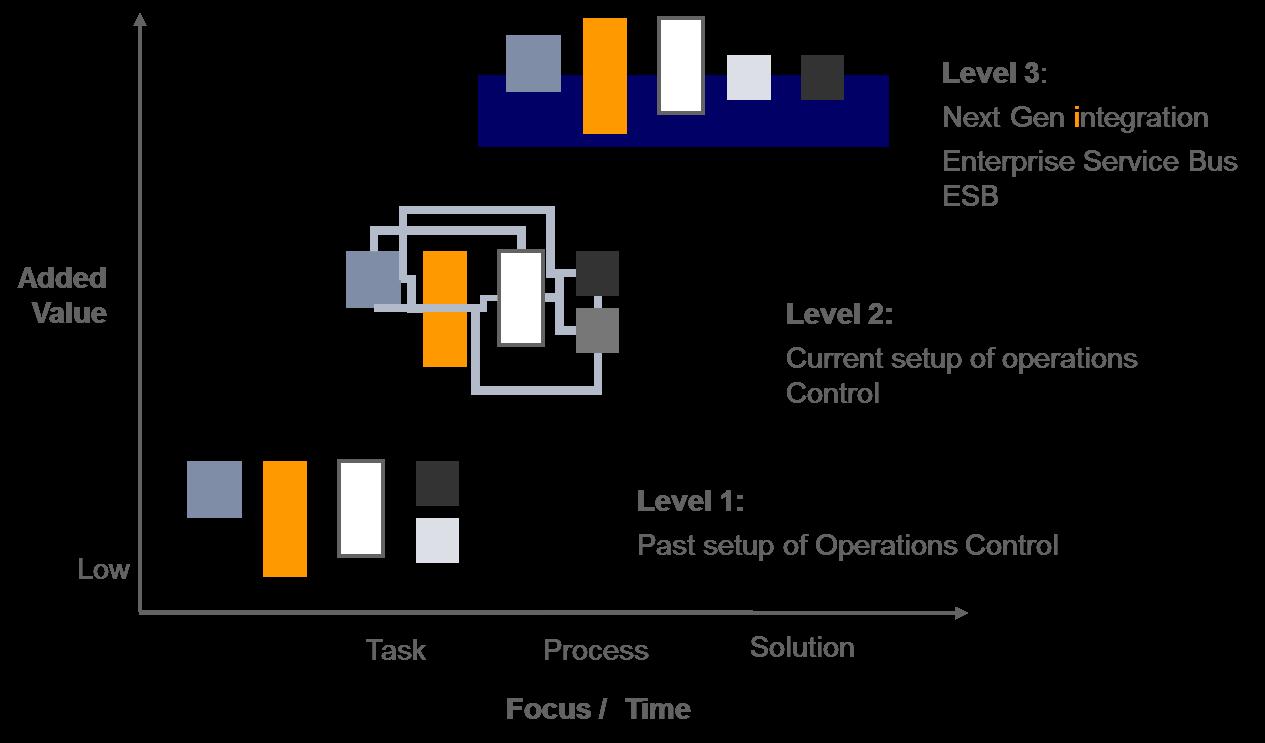
Figure 10: IT solutions development The future of HCC and OCC solutions will be integrated systems which will bridge the interfaced systems as described in the example of the OCC, but the same applies for HCC interfaces.
Next generation IT systems will be more intelligent. They will take economic decisions into account for all leverages and actions of the OCC and HCC. State of the art OCC and HCC managements support decision making via integrated optimizers and ‘what if?’ scenario options. At the same time airlines will run their operations and decision making based on KPIs and KDIs which are either integrated into the operative systems or supplemented by business intelligence solutions.
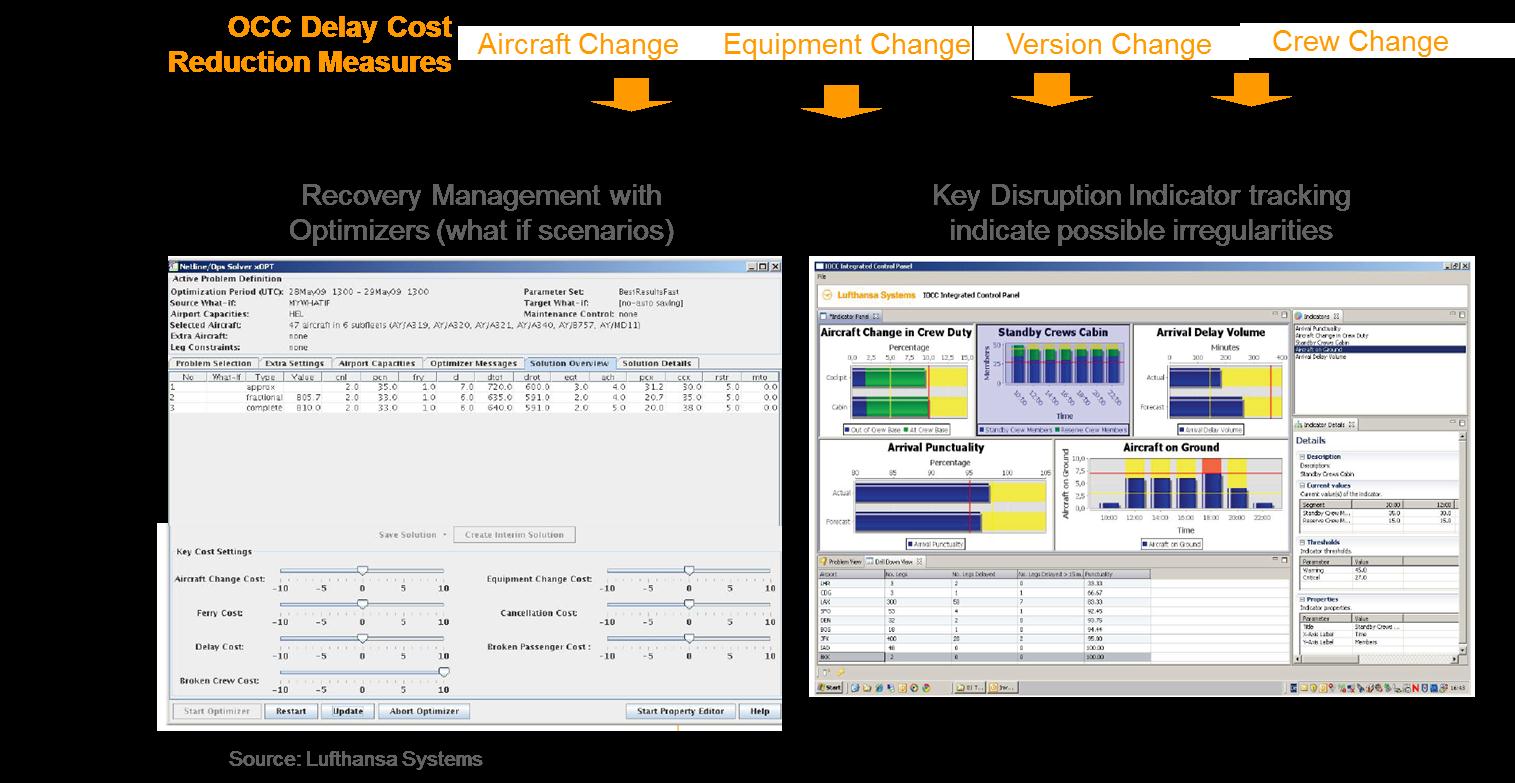
Figure 11: OCC solutions need to take economic decisions into account
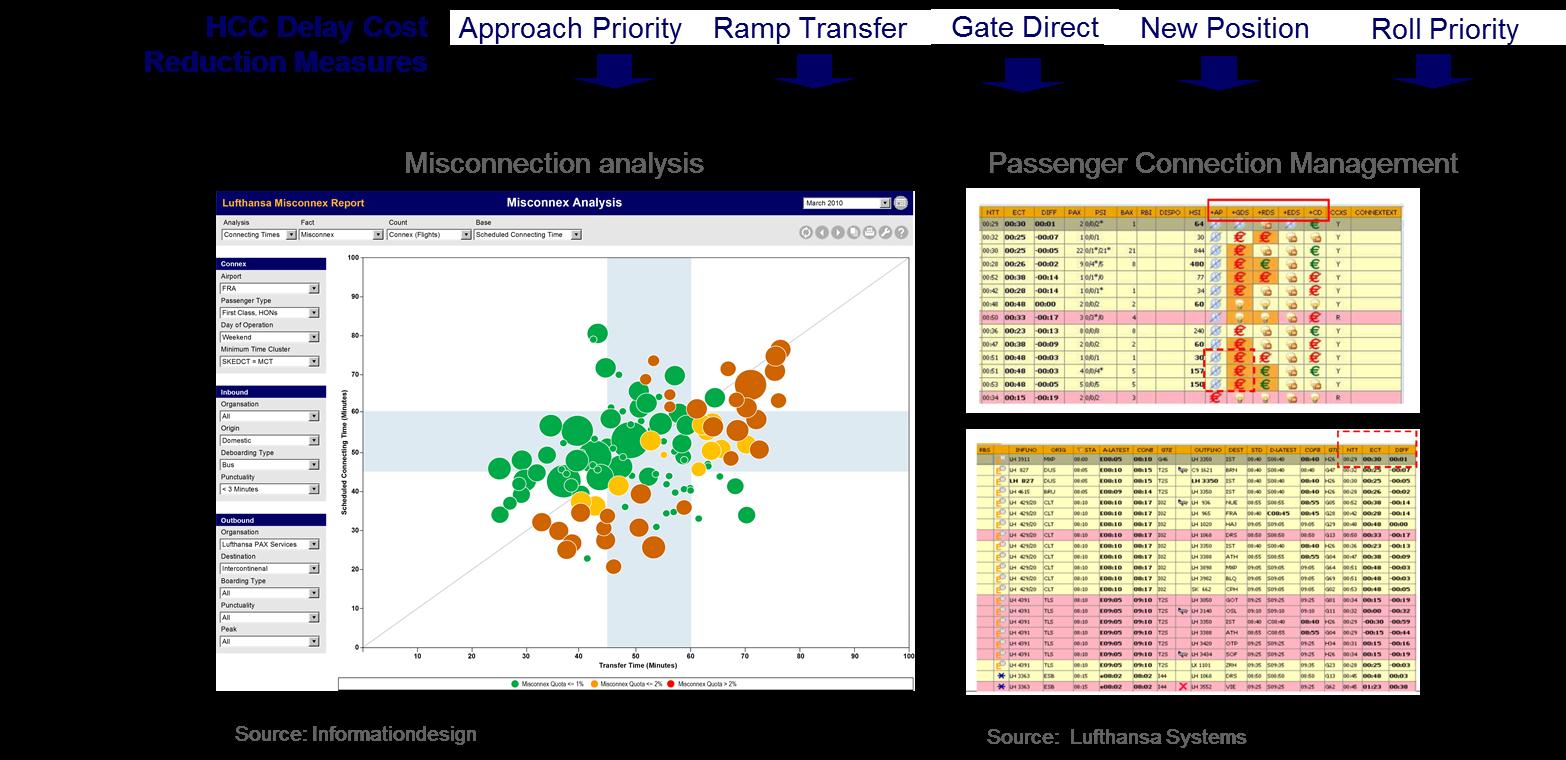
Figure 12: [Caption, please, for figure 12]
Next generation operations
Where will the i-factor drive the ‘i’volution of OCC and HCC. Today, airlines run their operations control via the final decision of the OCC which focuses on the stabilization of the network. However with the establishment of the HCC the ivolution is kicked off, due to the fact that there are delays produced to safeguard the seamless passenger experience and assure passenger satisfaction. Therefore the dominance of facilitating passenger needs will grow further where the HCC will take a more dominant role in the decision making process.
Decisions will be more economically driven as well as customer value added driven. This will translate into a detailed activity based costing approach which will allow the real-time analysis of actions, whereas today airlines integrate estimates, but not real-time costing. Tomorrow’s enterprise resource planning systems will need to provide activity based costing information to facilitate this type of decision making.
Moreover the separation between the OCC and HCC will diminish. Tomorrow’s airlines will run more integrated centers, where OCC and HCC are located together to further improve the CDM between the parties. To allow this, airlines need to establish state of the art IT solutions which will facilitate a cooperative set-up in one location to allow fast CDM with an even larger group of stakeholders without jeopardizing the individual CDM of OCC and HCC.
Numerous airlines today focus on combining / merging the HCC and the OCC into one location (centralization) and at the same time provide leaner CDM via smart IT. However, many airlines still operate huge centralized OCCs. To circumvent a CDM collapse with too many stakeholders to be integrated some airlines have split up their OCC-HCCs into lean decentralized centers which will facilitate faster CDM.
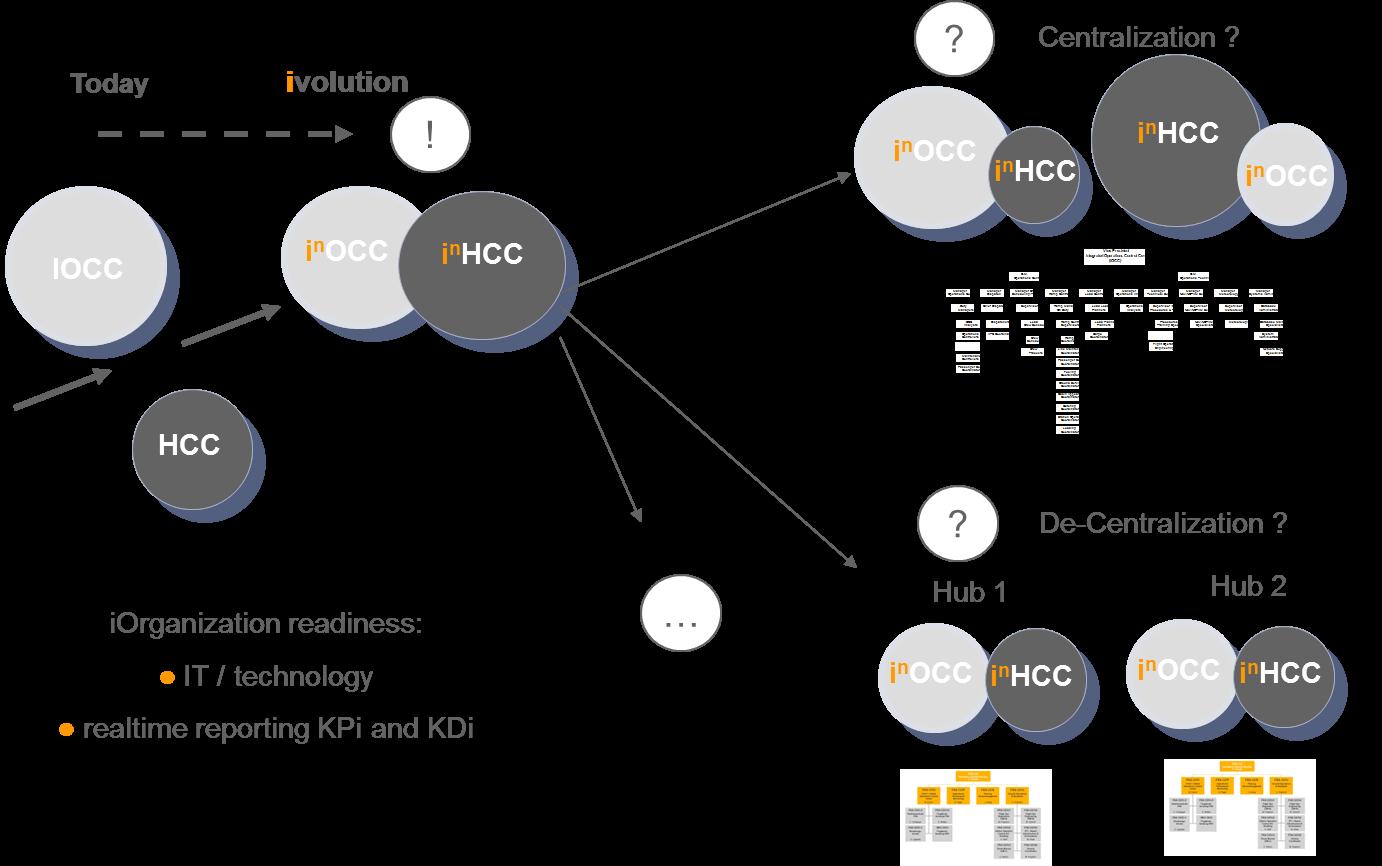
Figure 13: Next development steps
The future will show how the i-factor will continue to drive the change of Operations Control. But certainly the evolution will continue.
Comments (0)
There are currently no comments about this article.

To post a comment, please login or subscribe.